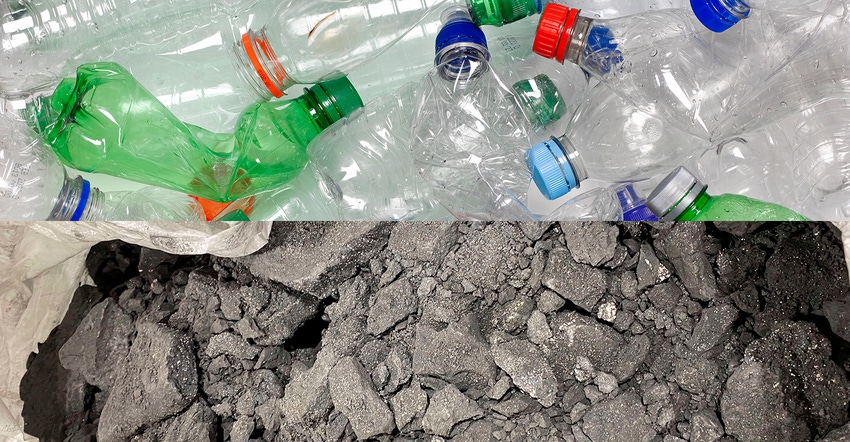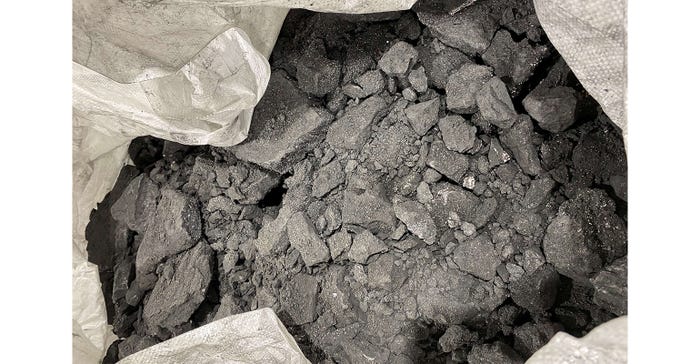Uncovering Battery Materials from Recycled Waste
Efforts toward improved sustainability are coming to fruition with recycled battery materials.
February 23, 2023

As the world becomes more reliant on batteries to power our technology, electric vehicles, and renewable energy sources, the demand for critical raw materials used in batteries continues to rise. While lithium-ion batteries have transformed the way we use and store energy, they also present an environmental challenge due to the extraction and processing of raw materials, including lithium, cobalt, nickel, and manganese.
To avoid these environmental concerns and reduce the carbon footprint of the battery materials industry, many are now looking into ways to use recycled materials for battery manufacturing. In this piece, we’ll take a look at two of the most recent headlines in the space of battery material recycling.
Recycling Black Mass
Recently, Electra Battery Materials Corporation made headlines when it became the first company to complete plant-scale recycling of black mass material in North America.
In the context of the battery industry, black mass refers to the material remaining after expired lithium-ion batteries are shredded and all casings have been removed. Recycling black mass is essential to the EV battery supply chain because of the strong demand for critical minerals and the potential supply deficit of metals such as nickel and cobalt. However, historical approaches involve the use of pyrometallurgical smelting processes, which involve heating the metal at high temperatures to separate the elements in the metal. This process is nonideal because it has a high carbon footprint and requires significant energy.

Electra, on the other hand, has successfully demonstrated the recycling of black mass through the use of hydrometallurgical processes, which involve dissolving the metal in a liquid solution. Through this, the company was succesfully able to recover nickel, cobalt, and manganese in a way with a much lower carbon footprint than pyrometallurgy.
The initial results are a significant milestone for Electra and the industry, as they represent the first mixed hydroxide nickel and cobalt product recovery.
From Plastic Bottle to Battery
One major piece of news regarding the use of recycled materials in battery manufacturing comes from researchers at Singapore's Agency for Science, Technology, and Research (A*STAR). Recently, these researchers announced the development of a technology that can convert waste plastic bottles into polymer electrolytes (PEs), a critical component for safer lithium-ion batteries.
In the study, the team showed that they were able to successfully use polyethylene terephthalate (PET) plastics to create polyurethane-based polymer electrolytes. PET plastics are already used to create plastic bottles and possess features that make them suitable to be upcycled into PEs, including excellent mechanical properties, easily breakable chemical bonds, and existing waste collection infrastructure.

The researchers found that polyurethanes derived from waste PET could achieve a room temperature conductivity of 10-4 S/cm as a gel-polymer electrolyte, a figure that proved to be comparable to existing commercial systems containing liquid electrolytes. The team also successfully assembled a working lithium-ion battery using these polymers, showing that cells could be repeatedly charged and discharged for up to 150 cycles without significant degradation.
According to the research team, this marks the first time that waste PET plastics have been upcycled into polymer electrolytes for lithium-ion batteries. Overall, the news is exciting because the technology has the potential to create a circular economy by transforming PET plastic waste into PE materials for batteries. With only 9% of plastics being recycled globally, the technology could contribute to waste management efforts and provide a sustainable solution for energy efficiency.
About the Author(s)
You May Also Like





